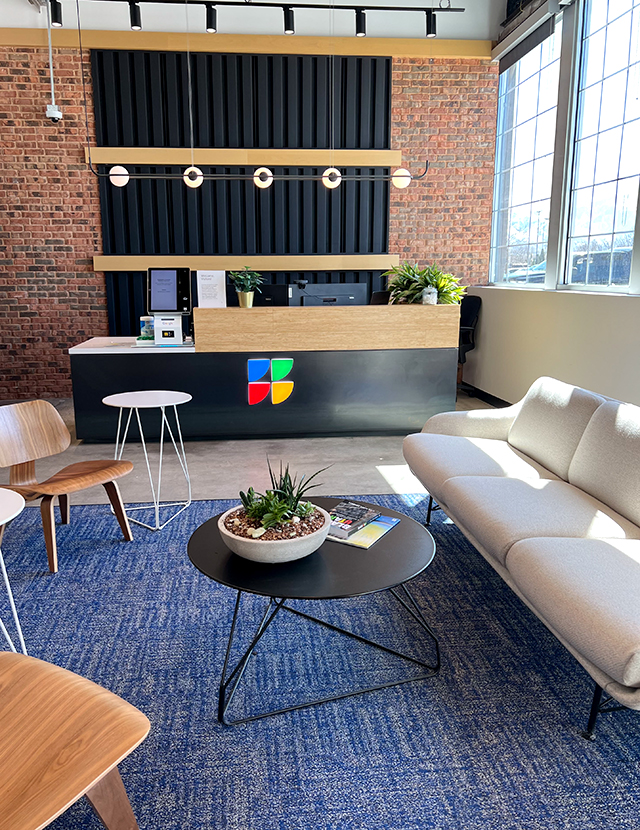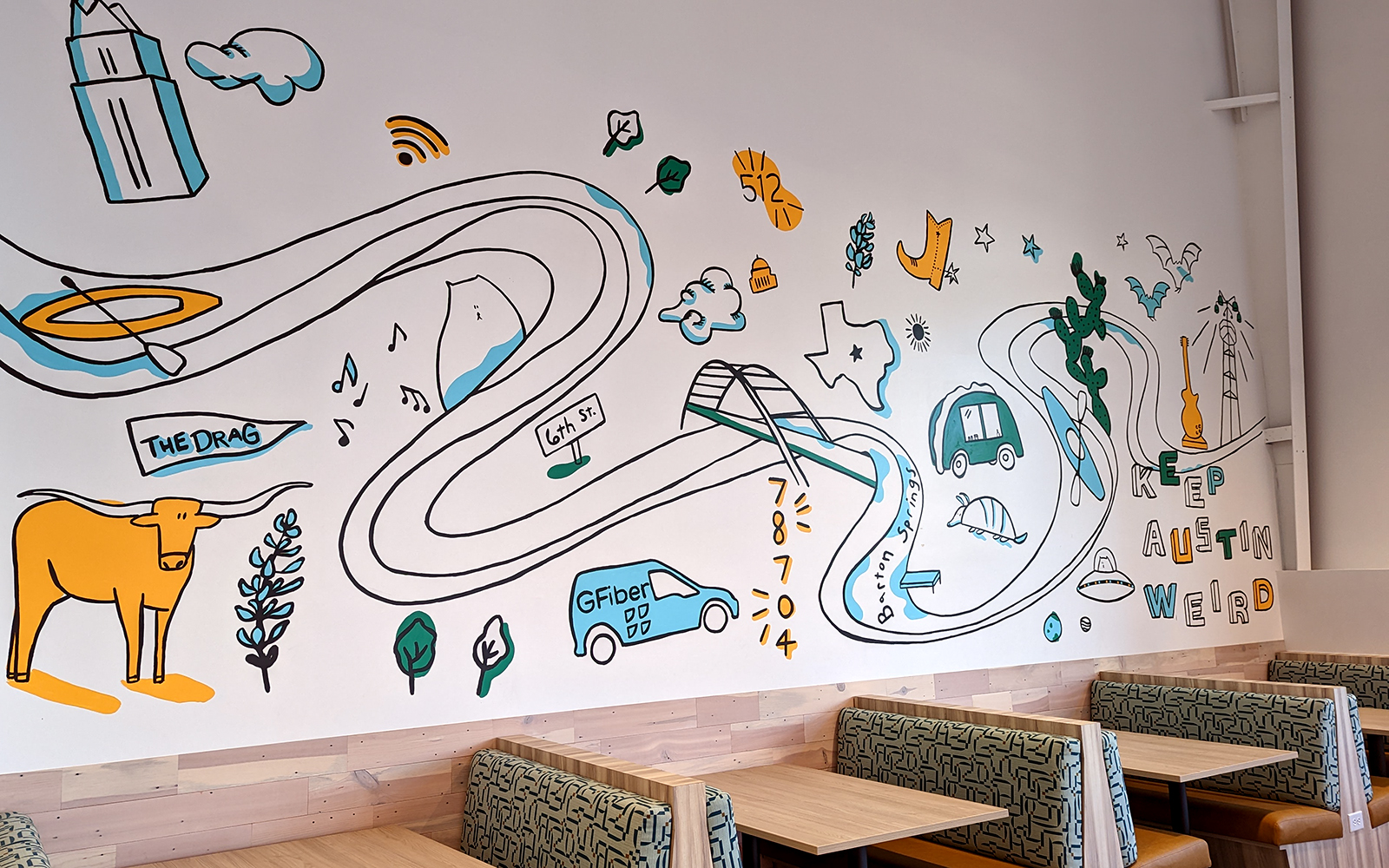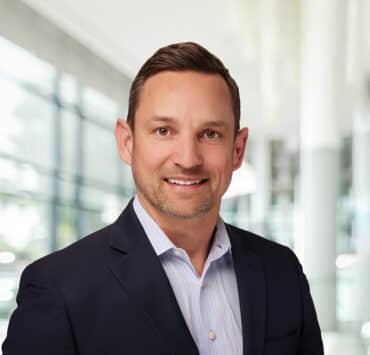|
Getting your Trinity Audio player ready...
|
Google Fiber is in the business of delivering high-speed internet in cities across the country, and not just any internet, some of the fastest in the business. And Dan O’Sullivan is in the business of making sure the people building that network and ensuring customers have a great experience have a wonderful place to work.

As head of real estate and workplace services for Google Fiber, O’Sullivan’s job is to find and build out the office space and services in Google Fiber cities.
Getting Google Fiber is a big deal when it happens. Mesa, Arizona, celebrated its launch in March 2023, and the vice-mayor and a member of the city council attended. In Mesa, businesses and residential customers can get up to 8 Gig service, which enables symmetrical uploads and downloads at a speed that is unavailable from other providers.
The benefits include quick transferals of large files, which means videos and high-resolution images load without buffering. It’s also particularly useful for hosting online meetings and webinars, again without interruptions or delays. Gamers also appreciate the speed for a seamless online gaming experience.
“We are in expansion mode,” says O’Sullivan, when asked about the contraction business environment that plagues larger companies in the technology sector.

When O’Sullivan begins to engage local site search teams in a market, it’s a harbinger of fast internet service coming to that area. O’Sullivan establishes the administrative beachheads in these areas. While these offices do not necessarily need landmark, central business district, or Class A structures, they have some definite requirements. These are working offices, supported by services and amenities for staff located near where their operations are focused. “We are big on being a part of the communities where we do business,” he says. That can mean offices in suburban locations as well.
Establishing a visible identity with their buildings still matters, however. “We brand our buildings, and our supporting fleet vehicles,” O’Sullivan says. “It’s part of how we communicate our fast, reliable internet access is available.”
To optimize Google Fiber offices, O’Sullivan ensures it has the amenities to serve the needs and is capable of attracting quality talent. That includes identifying locations that make for reasonable commute times. It also should exceed the expectations for a modern workplace: collaborative and flexible workspaces, micro kitchens, meeting rooms at various sizes and secure parking ideally located near local businesses and amenities.

The culture thrives with employees who have diverse and interesting backgrounds, who are open to challenging norms, and who look for better solutions. The workplaces that his designers build encourage flexibility and collaboration. Because O’Sullivan works with local leasing agents, brokers, and facilities managers, part of his work is to educate them on what their culture needs.
“When we design workplaces for Google Fiber, we know it will be a lot of fun and an out-of-the-box experience for the project team and the users,” says Ava Alltmont, Cushing Terrell project manager for the Google Fiber offices. “Google workplaces are highly collaborative and colorful and filled with amenities that make people really happy to go to work. They’re also designed around the culture of each unique local Google Fiber team and their particular preferences and workflows, as defined with them and by them.”

At the same time, his responsibilities include being attentive to local advice. This includes knowing if a location has extreme weather (e.g., tornadoes) and has the right physical structure to ensure employee safety.
As one might expect, the shift to virtual work hasn’t bypassed Google Fiber. O’Sullivan says they have and likely will continue to operate with a hybrid approach with some employees working both in-office and from home offices. “We’ve seen many people happy to return to working in our offices, post-Covid,” he says.
This hybrid approach contributes to the sustainability story at Google Fiber. Individual employees who can cut out car commuting by 40 to 60 percent by working from home is just the beginning. But doing the green thing doesn’t stop there. The fleet of service vehicles is transitioning to electric, while other parts of the office operations and the lunch service on site are doing their part to reduce, reuse, and recycle.

Google Fiber service is all about speed and so is the company’s current growth. Dan O’Sullivan must ensure that this rapid expansion happens seamlessly for the employees making the magic of the internet happen every day—and he is there for it and for them.


